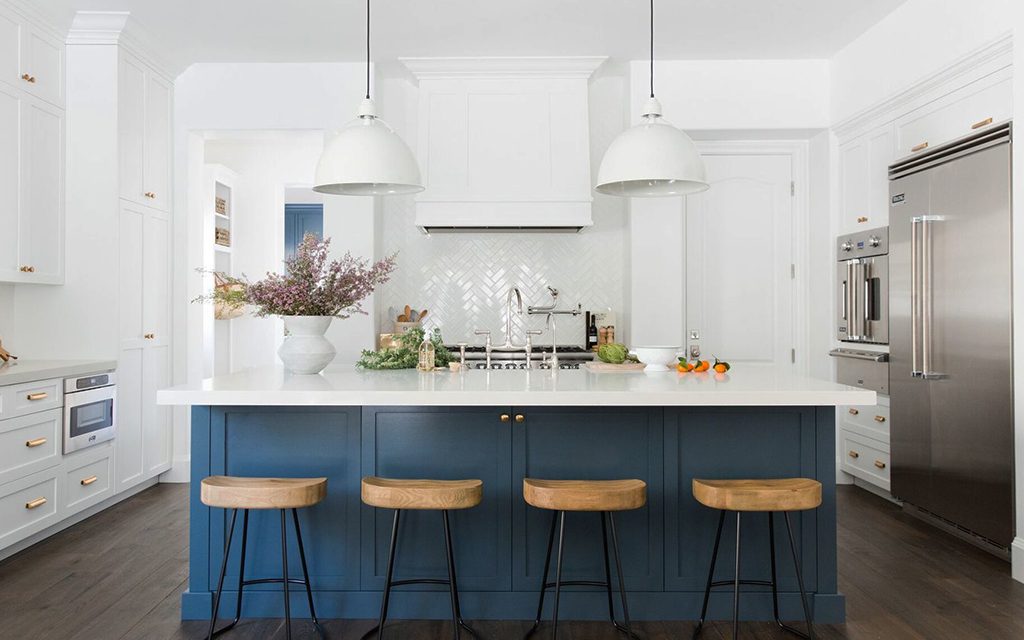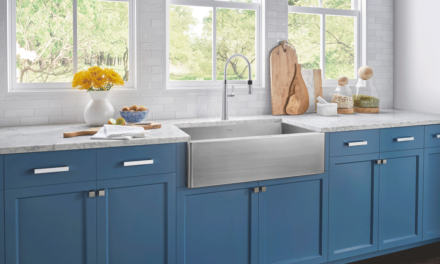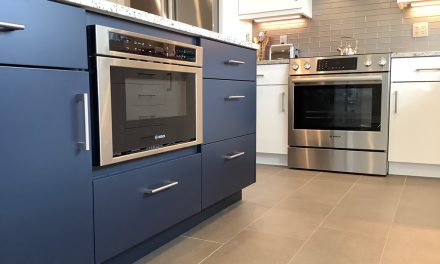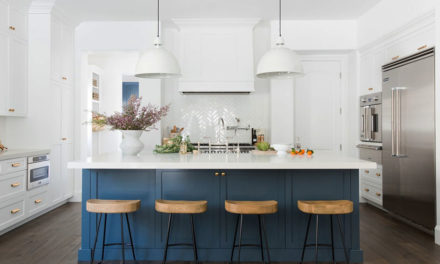Hey guys, welcome back to My Kitchen Sucks – this is the place where you can follow me as I work through my very own home kitchen renovation project. This episode is about the construction process. It’s not about how to do it, but instead an overview of what to expect as a homeowner and some tips on how to prepare for it.
Schedule is King
It’s a process – there is an order to how/when things get done
In essence, construction projects are all about the schedule: who does what, when, and where, and do they have the materials they need to do their work at that time. Contractors are like orchestra leaders bringing in the right people (sub-contractors or trades) at just the right time and synchronizing them with all the other players. If one trade misses their schedule, or a product is late, it messes the whole thing up.
Your primary job as homeowner during a construction project is to support your contractor, making sure they have all the information that they need from you. They need the design complete and decisions made. Before starting any work, you need to be 99 percent happy with your design. And, any design changes made during construction cost money (it’s easier and cheaper to change your design on paper than it is with a hammer).
Construction can be a stressful time in your lives, but with a little information in hand and some ideas of what to expect, you can minimize the worries. Here are some tips to help you when the time comes.
1. Have a Plan
Have a “Family” Plan in place – know how your house will operate during the kitchen shutdown phase. What rooms might be off limits? How you will enter the home? Things like that.
If possible, set up a temporary kitchen. We moved some appliances to our dining room and used this area as our kitchen. We still had to clean dishes in the bathtub, but we made do. While this makeshift kitchen was far from perfect, it allowed for a much easier 10 weeks of construction.
Hey, and if you have the ability, take a little vacation. As long as things are under control, going away with the family for a few weeks is a good way to limit the amount of discomfort you might feel. However, you have to trust your builder completely, otherwise your time away will be spent worrying about what’s going on back home.
Know the schedule. Be aware what the overall schedule looks like and what work to expect (and not expect) to occur during the weeks ahead.
Get a contact list of the people who will be working in your home on your project.
2. Select and Order Products Ahead of Time
This is a critical part of your job to ensure the schedule is maintained: products need to be on site when the contractor needs them.
Cabinets – Many cabinet brands take several weeks to get on site once they are ordered. These are the first items you need to get working on. at least two months prior to starting construction
Appliances – Some appliance also have long lead times – these should be ordered around the same time as the cabinets
Plumbing Fixtures – These are usually not long lead items (unless you are looking for something unique) but having sinks and faucets on site before the plumber starts any work is important.
Countertops – In order to select your countertops, you will need to visit the stone yard. There you will pick out your slabs and place a deposit. Fabricators will need to be aware of the construction schedule and work with your cabinet installers to determine a date of delivery.
Tile – These items are also usually pretty available. Make your purchases at the tile store and stone yard at the beginning of construction and store items in a safe place until time. Oh, and don’t forget the grout.
Miscellaneous fun stuff – Lights, cabinets pulls, and furniture.
3. Set a Weekly Meeting
Pick a day every week to discuss the project with your builder (I like Monday mornings).
Discuss about the upcoming work week and ask if there are any items (either decisions made or real products) the Contractor needs from you.
Ask who will be working on site and what days they will be there.
4. Observe, Notice, and Communicate
Wandering through the renovation project in the evening (once the workers are gone) is a standard for any homeowner. Seeing the transformation is awesome. And, watching your dream come to life is a pretty cool thing. Bask in this wonderful feeling and enjoy the moment.
However, these project observations often uncover issues or things you may not be happy with. So, take the time to make notes and communicate these with your contractor. I stuck signs at the areas I wanted to discuss with my contractor the next day – very clear marks of my concerns.
5. Noise, Dust, and People
Having a group of strangers in your home for 8-10 weeks can get old fast. You are no longer in control of your life, but at the mercy of others. BE PATIENT – know that through this pain only good things will come.
Expect that some days no work will get done. Don’t worry about this as long as the determined schedule is still being maintained. It’s normal for there to be “Off” days as crews might be needed on another job or the contractor might be waiting for other crews to come in.
It will be noisy at times. Construction starts early – 7 am in our case. If you’re a late sleeper (or have kids who are) be prepared for disruption.
It will be dusty at all times. Construction dust gets everywhere no matter how hard you work to control it. We put up a secure plastic barrier (taped and re-taped almost daily) between work area and home, and still dust seeped into every part of our home. So, be prepared to clean on a regular basis.
6. Hire the right contractors; let them do their jobs
Let’s face it, as long as you’ve hired the right contractor (that’s a topic for a whole other series of videos), you should let them do their jobs. Don’t micro-manage or hover. But, never be afraid to ask questions if you think something doesn’t look or feel right. Afterall, it’s your home and your huge investment. It should get done right.
OK – it’s important to note that being without a kitchen in your home sucks. I mean totally sucks. but it is really worth it! Our construction, originally scheduled for 8 weeks, actually took 12 weeks to complete. Yeah, that was painful! But, in the end, we could not be any happier.
Look for our next post where we will reveal our new kitchen and highlight some of the things that we absolutely love. Thanks again for joining. I look forward to seeing you again soon at Your Modern Cottage!
Do you want to start with Episode No. 1 – Identify What Needs Fixing? Click Here!
Inspiration images/designs that are part of the video by: Amber Interior Design, Studio McGee, Brandon Architects, and Cabico Cabinets
Feature image design by Studio McGee





